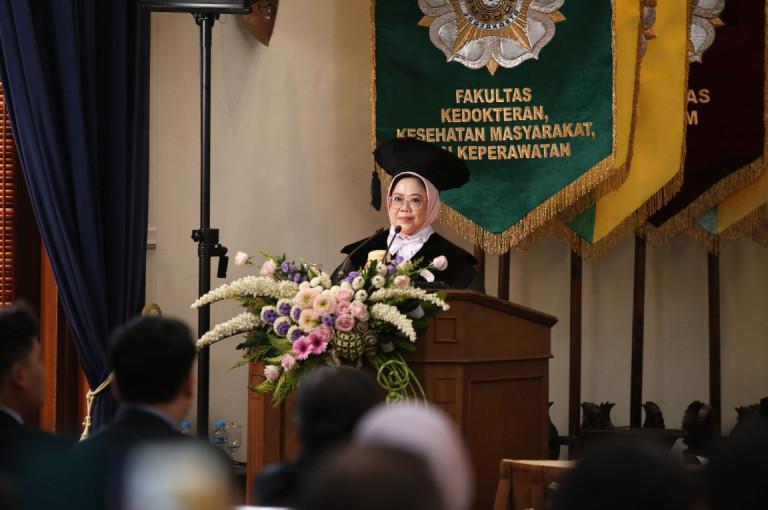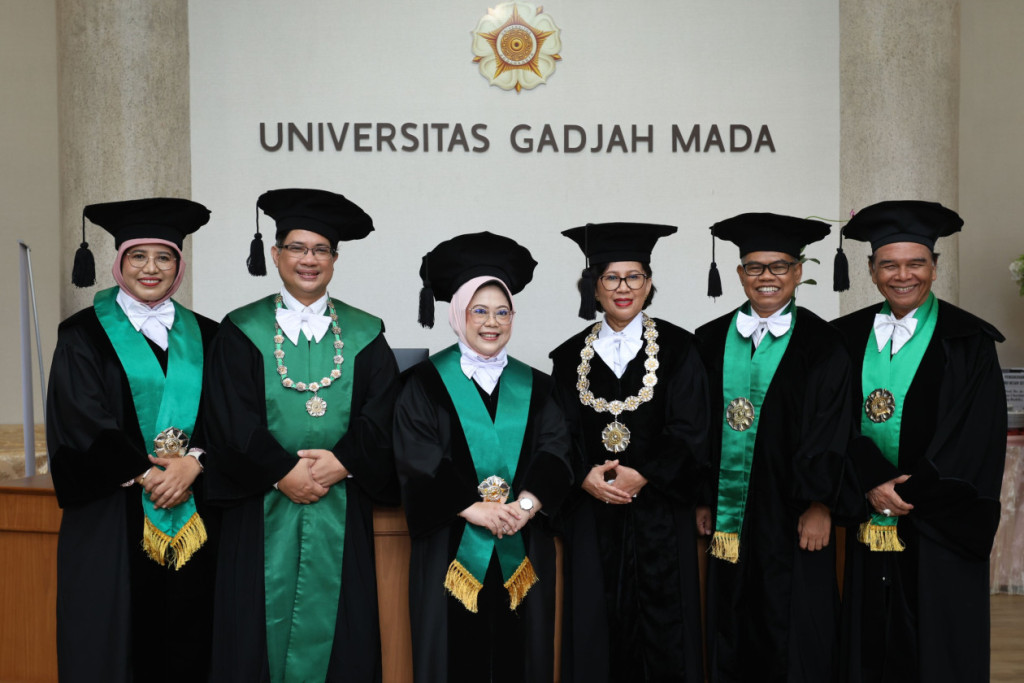
The number of breast cancer patients is continuously increasing, affecting even those close to us. Unfortunately, most breast cancer patients are diagnosed at an advanced stage because early-stage breast cancer often goes unnoticed.
It does not cause pain, and no adequate screening method is available.
According to a report by the WHO, breast cancer is the most common malignancy among women worldwide, accounting for 11.6% of cases.
Dr. Sardjito General Hospital in Yogyakarta also noted that from 2008 to 2021, breast cancer was the most frequently diagnosed type of cancer among its cancer patients.
Professor Lina Choridah, a lecturer in Breast and Reproductive Imaging from the Faculty of Medicine, Public Health, and Nursing at Universitas Gadjah Mada (FK-KMK UGM), stated that breast imaging in collaboration with AI will become a crucial part of patient-centered cancer management.
According to her, AI-based mammogram analysis has surpassed traditional risk assessment models based on personal and family history.
“A more personalized and risk-based screening approach, utilizing the latest technology, can enhance the detection and treatment of breast cancer,” said Professor Choridah during her professorial inauguration speech, which took place at UGM’s Senate Hall on Tuesday (Feb. 13).

During the ceremony, Professor Choridah delivered a speech titled “The Future of Radiology in Strengthening Breast Cancer Management Strategies.”
She noted that other breast imaging modalities, such as Breast Computerized Tomography (BCT), have been developed in recent years.
Early research on Electrical Impedance Tomography (EIT) has also been conducted in Indonesia.
Although EIT has a lower imaging resolution than ultrasound, it can distinguish between solid and cystic lesions and is expected to be further developed as a breast imaging modality.
“Both technologies are part of mammography examinations,” she explained.
According to Professor Choridah, mammography is the most commonly used screening method for detecting breast cancer.
However, the success of population-based screening programs and the development of preoperative breast lesion localization methods have increased the use of mammography.
Another option currently being developed for detecting breast cancer is the use of ultrasound devices supported by AI.
In today’s digital era, artificial intelligence is being created to simplify human tasks, and the field of radiology is no exception.
Professor Choridah emphasized that using AI in radiology is not an effort to replace radiologists.
Instead, AI serves as an auxiliary tool that will assist radiologists, allowing them to focus more on patients and even creating opportunities to further develop expertise in managing breast cancer detection.
Author: Tiefany
Editor: Gusti Grehenson
Post-editor: Afifudin Baliya
Photographer: Donnie

